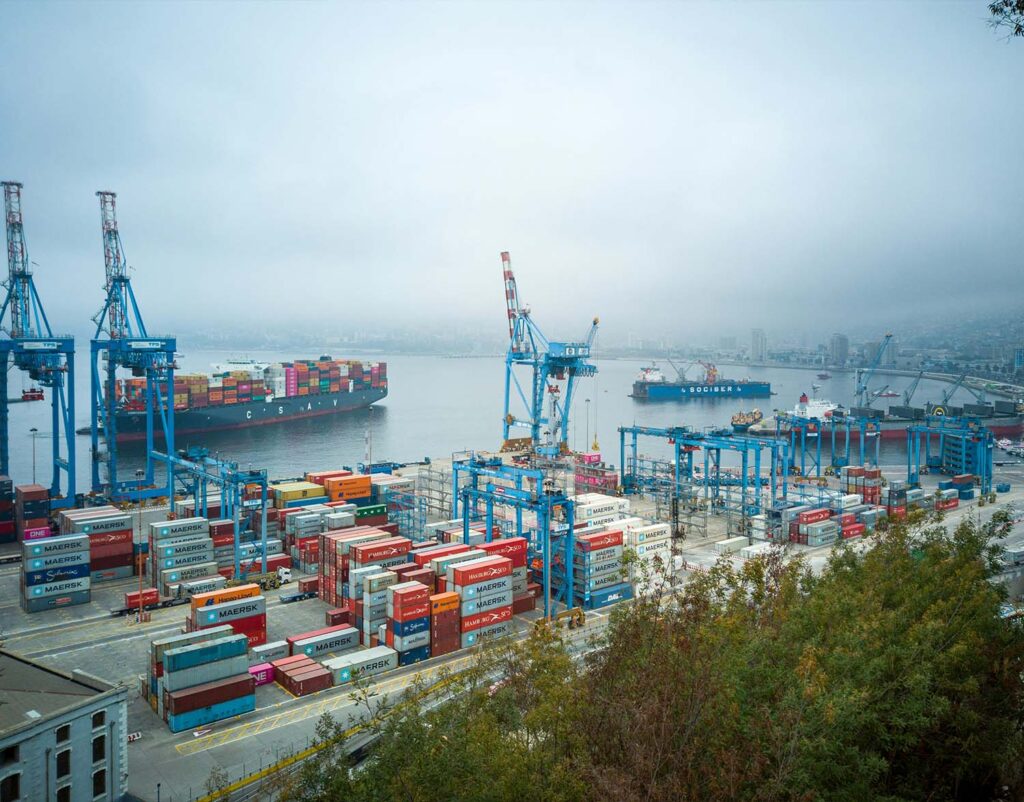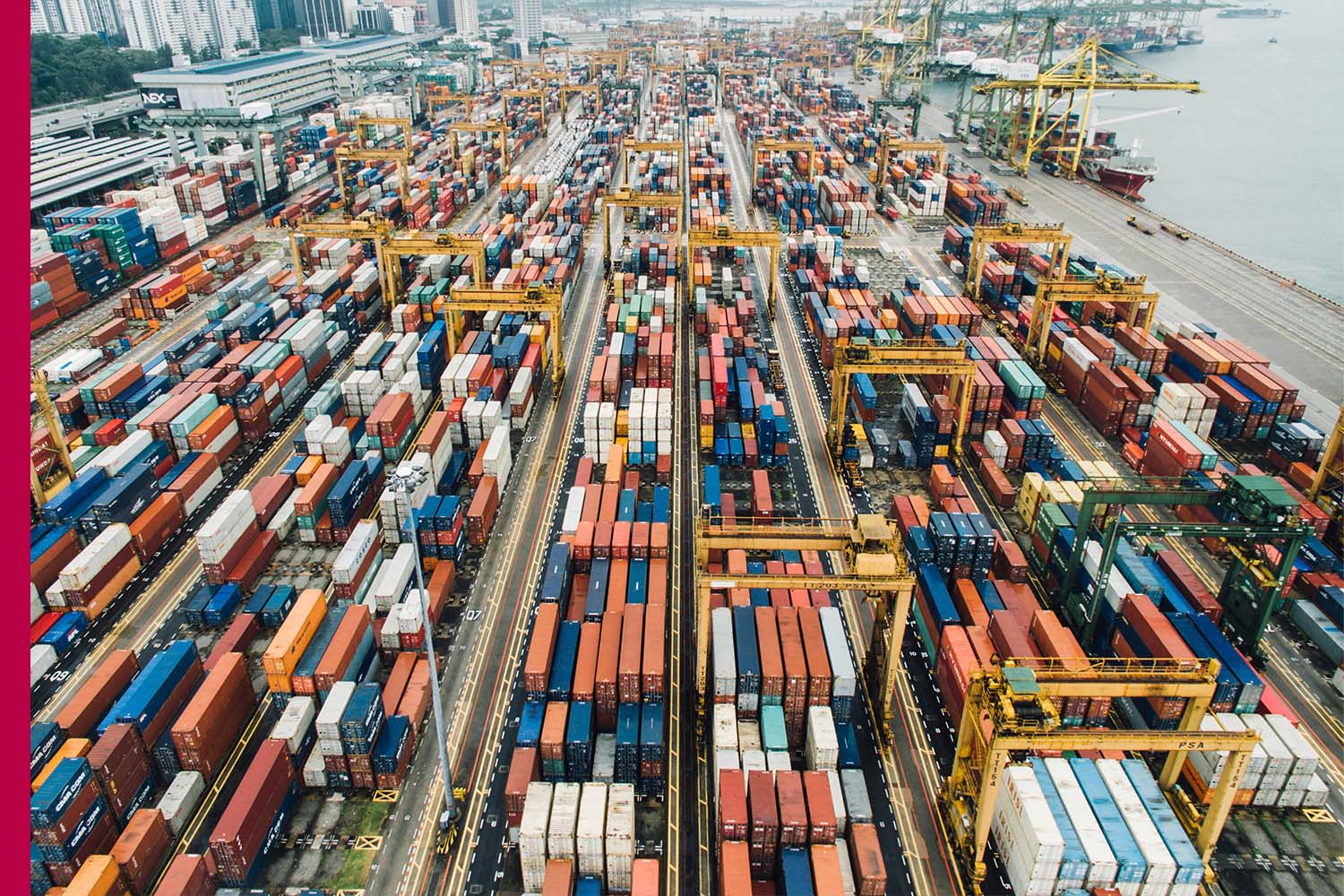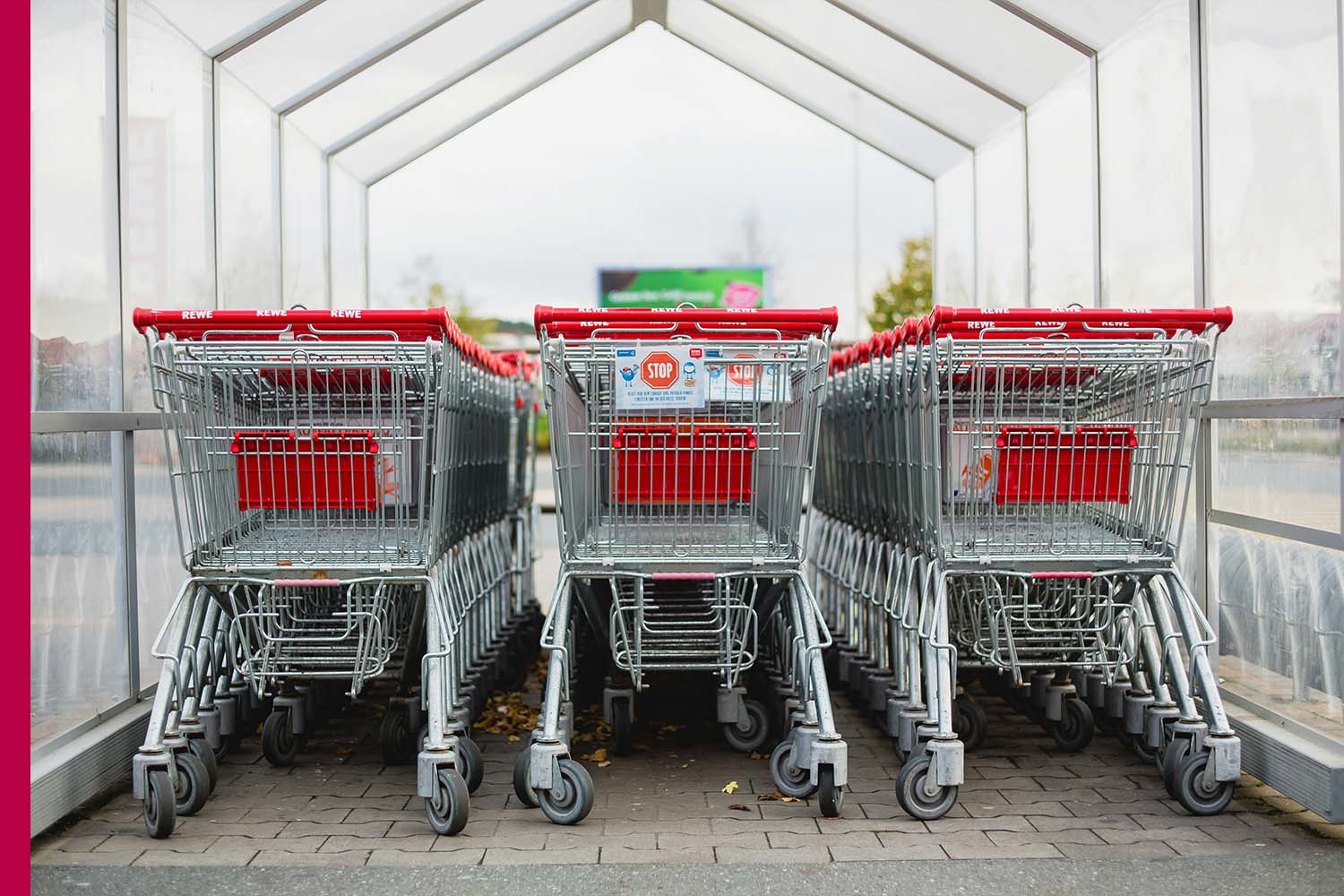In today’s interconnected world, the supply chain is the invisible engine that keeps the global economy running. From raw materials to finished products, every item we use daily — whether a smartphone, a shirt, or a meal passes through a complex web of suppliers, manufacturers, transporters, and retailers. This intricate process, known as the supply chain, plays a crucial role in ensuring that goods reach consumers efficiently, safely, and on time.
At its core, supply chain management (SCM) involves the planning, coordination, and execution of all activities involved in the movement of goods. It covers everything from sourcing raw materials to delivering the final product to the end customer. A well-managed supply chain doesn’t just move products — it creates value at every step. It helps reduce costs, minimize delays, and improve customer satisfaction.
The modern supply chain has evolved significantly with the advancement of technology. Earlier, businesses operated in isolated systems where each part of the process was managed separately. Today, digital tools and data analytics allow companies to have end-to-end visibility across their entire supply network. Artificial intelligence, blockchain, and the Internet of Things (IoT) are transforming how supply chains operate, making them more transparent, efficient, and resilient. For example, real-time tracking systems now allow companies to monitor shipments, predict potential disruptions, and make quick decisions to minimize losses.

However, the importance of supply chain management was most evident during the global pandemic. The COVID-19 crisis exposed the vulnerabilities in global supply networks. Shortages of essential goods, from medical supplies to semiconductors, highlighted how interconnected and fragile supply systems could be. Businesses learned that resilience — not just efficiency — is the key to surviving unexpected disruptions. As a result, many companies have started rethinking their strategies by diversifying suppliers, localizing production, and investing in digital transformation.
Sustainability has also become a central focus in modern supply chain discussions. Consumers today are more conscious of the environmental and ethical impact of the products they buy. Companies are under pressure to ensure that their supply chains are not only efficient but also responsible. This means reducing carbon emissions in logistics, minimizing waste in production, and ensuring fair labor practices across the network. Green supply chain initiatives, such as using renewable energy and optimizing transportation routes, are gaining momentum worldwide.
In the future, the supply chain will continue to evolve into a smarter, more adaptive system. Collaboration, data sharing, and innovation will define how organizations compete and thrive. Those that embrace technology, sustainability, and agility will lead the way in delivering value to customers and stakeholders. In essence, the supply chain is more than just the movement of goods — it’s the backbone of global trade and the lifeline of businesses. Managing it effectively requires vision, strategy, and adaptability. As the world grows increasingly connected, mastering supply chain management will be the difference between those who simply survive and those who truly succeed.











